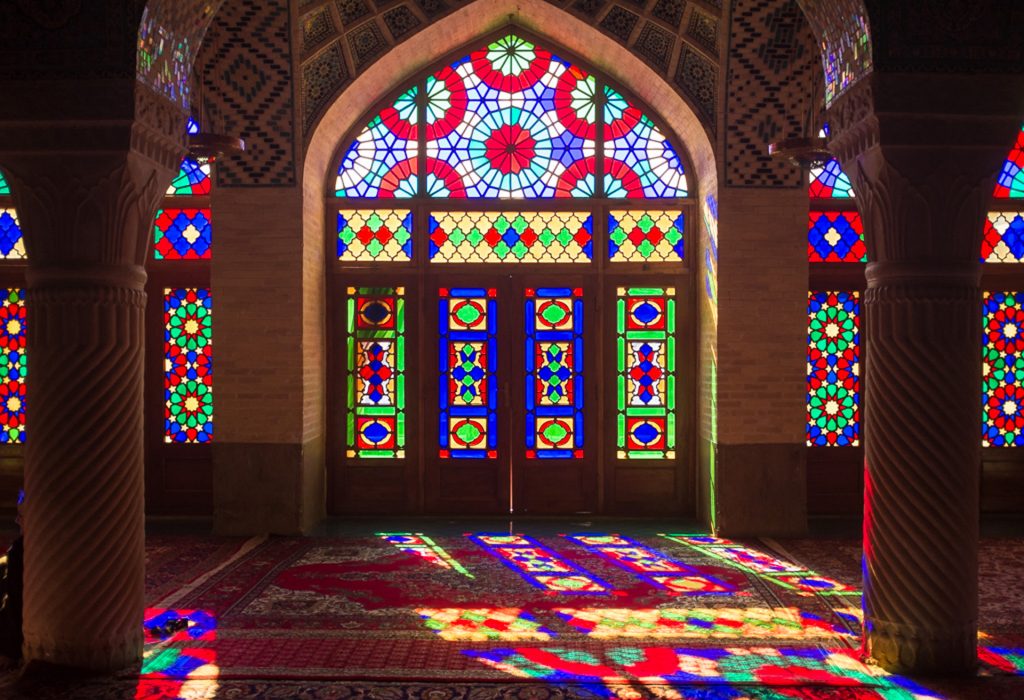While the non-initiated might see these terms in the media, “shia” and “sunni” and that most people know that they are two branches of Islam like Catholicism and and Protestantism are two branches of Christianity, it is not uncommon for people to be confused as to what exactly the difference between Sunni and Shia Islam is.
First and foremost, Shia and Sunni Islam are both interpretations of the same religion and observe the same fundamental laws and beliefs. Those beliefs, include, for example the same five pillars of Islam:
- Shahada, or recognizing that : “There is no god but God, and Muhammad is the Messenger of God”
- Sawm, or fasting during Ramadan
- Salat, or praying five times a day
- Hajj, or doing a pilgrimage to Mecca
- Zakat, or giving alms to the poor
and while there might be differences in the interpretation, the same laws originating from the Qu’ran and the Sharia such as not eating pork, drinking alcohol and so on are followed by devouts of both branches.
A historical cause to the split
The split between Shia and Sunni surged from a historical event. After the Prophet Muhammad passed away, his follower argued about who should take his lead and become his successor as the head of all Muslims. The vast majority of the believers, thought that it should be Abu Bakr, who was the Prophet’s close friend, and eventually won by sheer number. However, a sizeable minority, believed that it should be Ali ibn Abi Talib,the Prophet’s cousin, who should take on the lead. Even though Abu Bakr was the leader first, Ali ended up being the fourth leader of Islam, when Abu Bakr’s sons were assassinated. It was then Ali’s turn to meet a tragic end as he was then assassinated himself with a poisoned blade as he was praying in the Great Mosque of Kufa.
The divide, as we can see, was at first an organisational one, or we could say, political one and had no foundation in the precepts of the religion which, at that time, were still very close to the core (as the Prophet had just passed away) with time, however, as those two groups grew more and more separate, other differences were created.
A difference in number
While the Shia tradition has continued up to this day, it has never been more than a minority of Muslims. More or less than 10% of the world’s Muslims are Shi’ites. These Shias are mostly found in Iran, the only country where they are a vast majority, but also in Syria and Iraq, where they form a sizeable part of the population, near half but are also found in Pakistan and India. The Sunni branch is more spread-out than the Shia branch because it was Sunni leaders who went on conquests to spread the influence of the religion through their califate.
For Shi’ites, Imam Ali is an extremely important figure of Islam, probably the second most important after the Prophet himself whereas Sunni do not recognize that he should have been part of the succession. His tragic death is still to this day a founding event of their branch and the death of his son, Husayn, is the reason behind the festival of Ashoura, where followers mourn their loss of a leader through a variety of customs which vary from country to country, going from large mourning processions to self-mutilation with swords.
A difference in interpretation
While both group read the same Qu’ran as it is forbidden to edit or translate the Qu’ran, the way they interpret its teachings are different. Sunni muslims tend to refer to the Sunnah, a record of Muhammad’s sayings to gauge their actions while Shi’ites tend to rely more on the world of Ayatollah’s spiritual leaders whose mission is to provide the believers with guidance, both spiritual and political.
From that difference, each branch of the religion had its own famous commentors and it is the work of those commentors which has brought in differences in the way the religion is lived. It must be said though that both branches are not monolithical organisations themselves, with both branches having hundreds of schools focusing on certain tenants rather than others or applying a liberal or conservative interpretation of the religion so Shia and Muslims is not the only difference in the diverse world that is Islam.
It can be said that generally, Shia islam emphasize sacrifices and devotions towards the next world while Sunni islam is more material and focused on the affairs of this current life and how one should live it.
Control of Holy sites

The two holiest sites of Islam, for both Shi’ites and Sunni, are Mecca and Medina. Since Mecca and Medina are in Saudi Arabia, they are administered by the Saudi Royal Family, who are Sunni and adherents of the Wahabi school of thought, a conservative take on Islam. Shi’a is of course allowed to visit these sites since visiting them is a duty for able Muslims but they do not control them.
On the other hand, the holy sites of Islam found in Iran and in Iraq, since they are mostly related to Shia history, are under the control of Shia muslims.
The rest of the sites in the world, such as Al Aqsa Mosque in Jerusalem, are under Sunni administration too.





